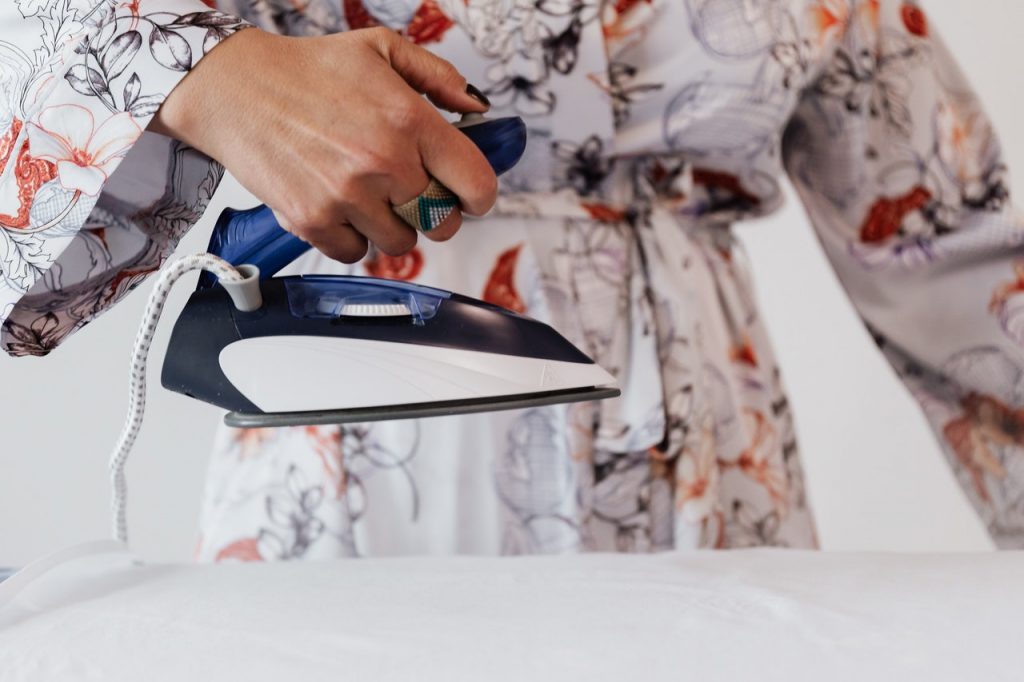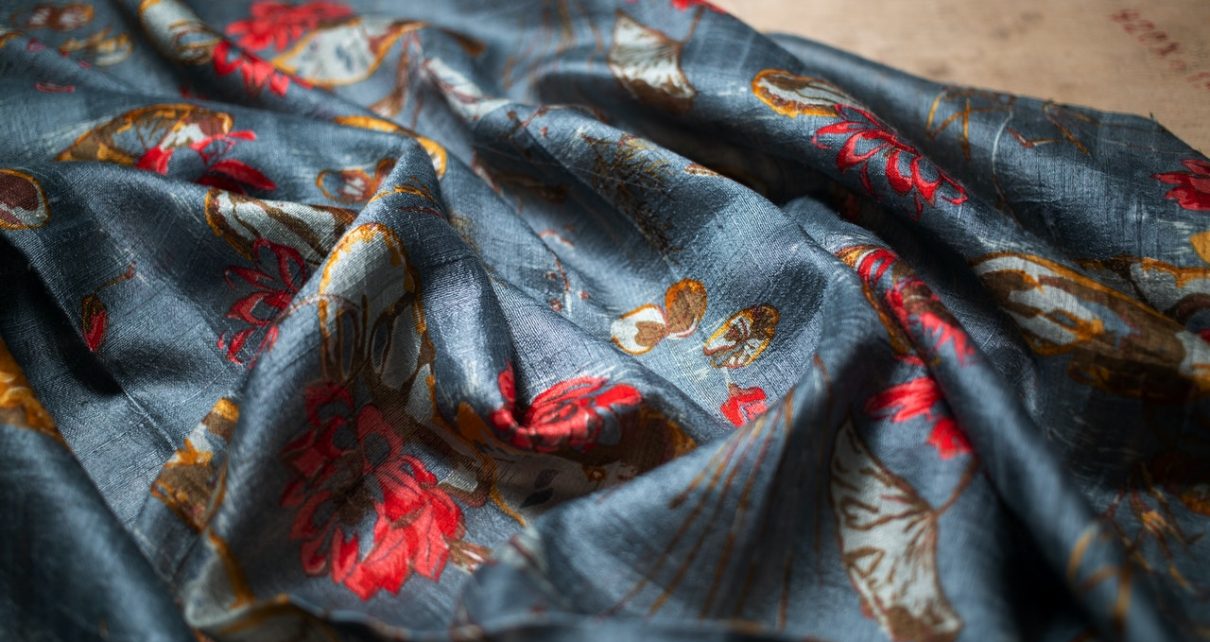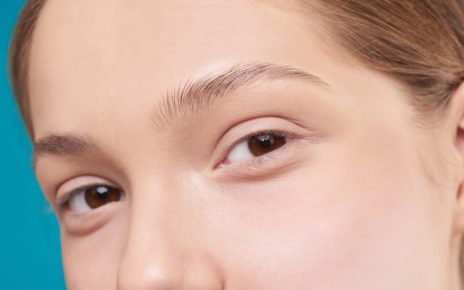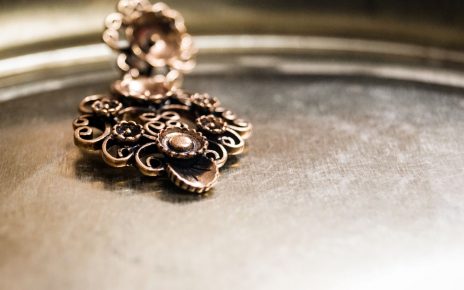Sustainable fashion has been a very popular concept in the clothing industry in recent years. From designers, consumers, business operators, and environmental experts; many are advocating for sustainable fashion.
Sustainability of silk
With changes in consumer consciousness, the fibre industry has had to shift towards developing and using natural fibres. Silk is one of these natural fibres that are being used in production more frequently. Whether it is for pillowcases, bedsheets, or luxurious silk sleepwear, silk is popular because of its sustainability and comfort.
Healthy, Environmentally Friendly and Safe
Hand-made mulberry silk is luxurious, environmentally friendly, and toxin-free. When you are shopping online, or visiting department stores, silk should be your first choice when it comes to sleepwear, bedding or accessories. Not only will it be a sustainable purchase, you will not have to worry about toxic dyes or synthetic toxins. It does not present any harmful effects or risks to human health, which makes the fibre worth the investment.
Natural and environmental protection
Silkworms are very delicate creatures. During sericulture, it is required that no chemical pesticides be used within a radius of 5 kilometres. Furthermore, there can be no smoke from chimneys or other pollutants, otherwise the silkworms cannot spin or even survive. Silkworms have strict requirements when it comes to their natural environment, the temperature, moisture levels, noise, and sunlight. This is why silk is very precious and sometimes expensive material. It is very suitable for people with sensitive skin and even babies. The natural characteristics of silk also include that it has excellent antibacterial properties, which can help with skin issues such as acne. This is why many individuals love to sleep on a pure silk pillowcase.

Chemical Composition
Silkworm cocoons are mainly made up of fibrous protein fibroin (Fibroin), wrapped with another protein sericin (Sericin). These are bonded together and also contain a small amount of oils, pigments, and organic substances. In raw silk, silk fibroin accounts for about 70%, and sericin accounts for about 22%. Silk fibroin is a kind of keratin, which is composed of amino acids and glycine, and is mostly alkaline. Sericin is also a kind of keratin, with its amino acids being generally similar to silk fibroin.
Natural Fibre
The silk fibre is a long fibre formed by the coagulation of silk liquid secreted by the cocoon of the silkworm. It is also called natural silk. It is known to be one of the earliest animal fibres used by humans. Mulberry silk gets its name as the fibres are formed by silkworms, which eat mulberry leaves.
Better Than Other Fibres
Real silk is a protein fibre, and is a natural fibre. There is absolutely no usage of pesticides during the process of raising silkworms. Other materials, like cotton, requires spraying a large amount of highly toxic pesticides; otherwise, cotton bollworms will destroy the crops. Whilst organic cotton is available, there is nothing that can match the luxurious feel and look of silk.
Eco-friendly clothing
Eco-clothing uses natural animal and plant materials during production. Synthetic fibres can often end up in landfill, and do not break down quickly. Fibres like silk are made from natural materials, making it far less damaging to the environment. Sustainable clothing is a huge movement at the moment, so not only will you be helping the planet with your purchase, you will also be very on-trend. Many famous designers are creating beautiful clothing with silk. Silk scarfs and accessories can complement any outfit. Silk pyjamas and pillowcases will feel amazing against your skin when you sleep, whilst also being good for the environment. There are so many benefits to wearing silk that there is no reason to purchase any other material!




